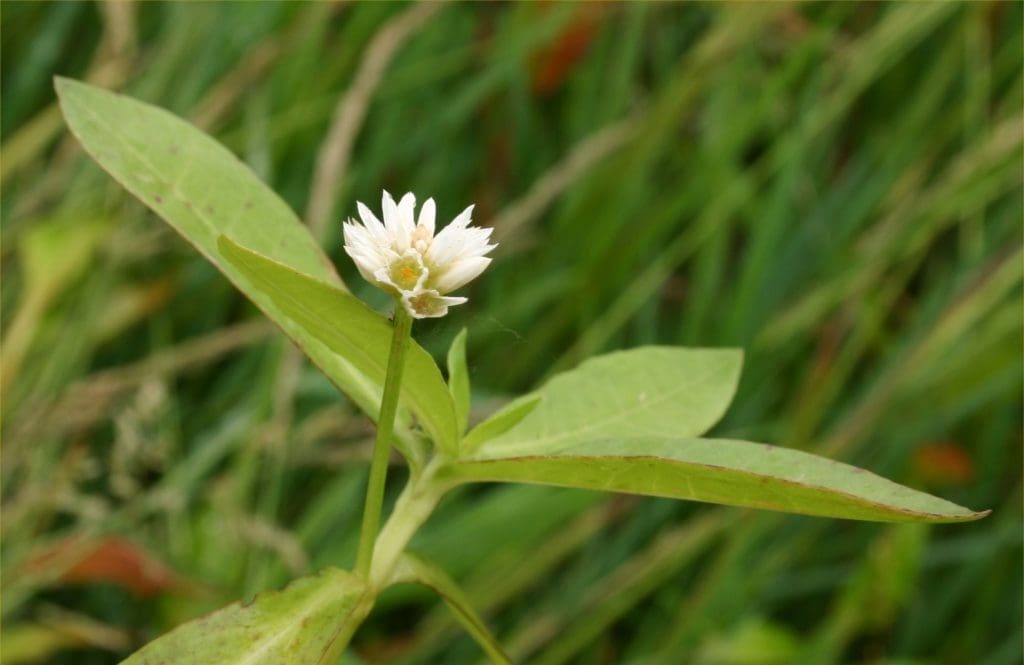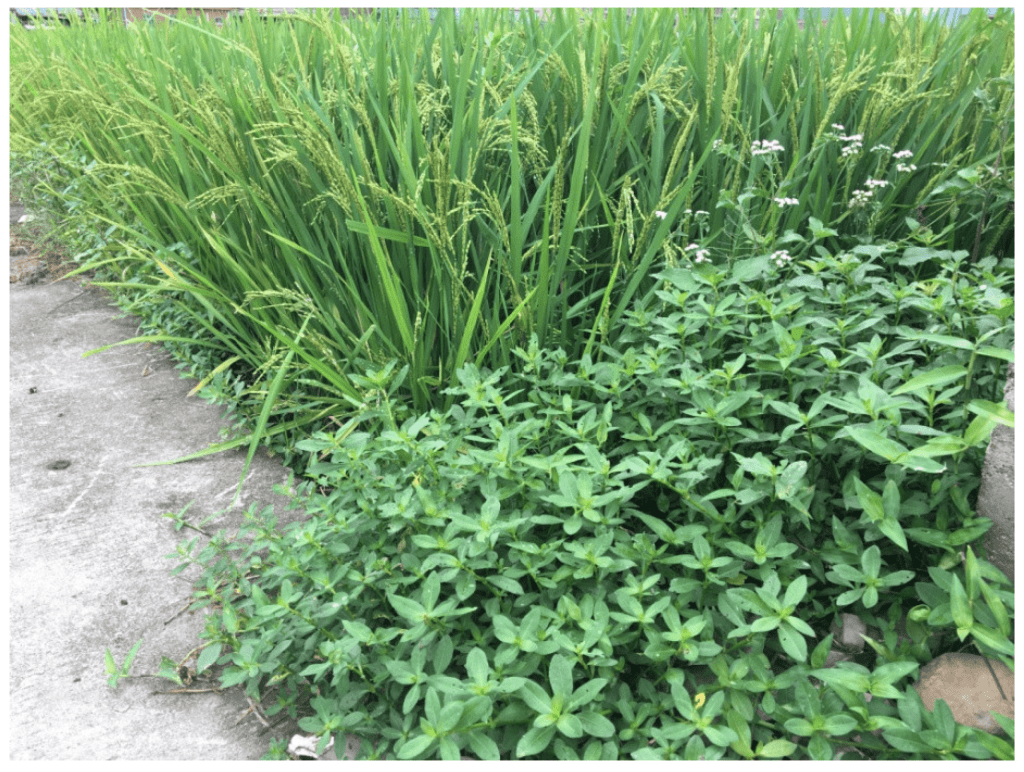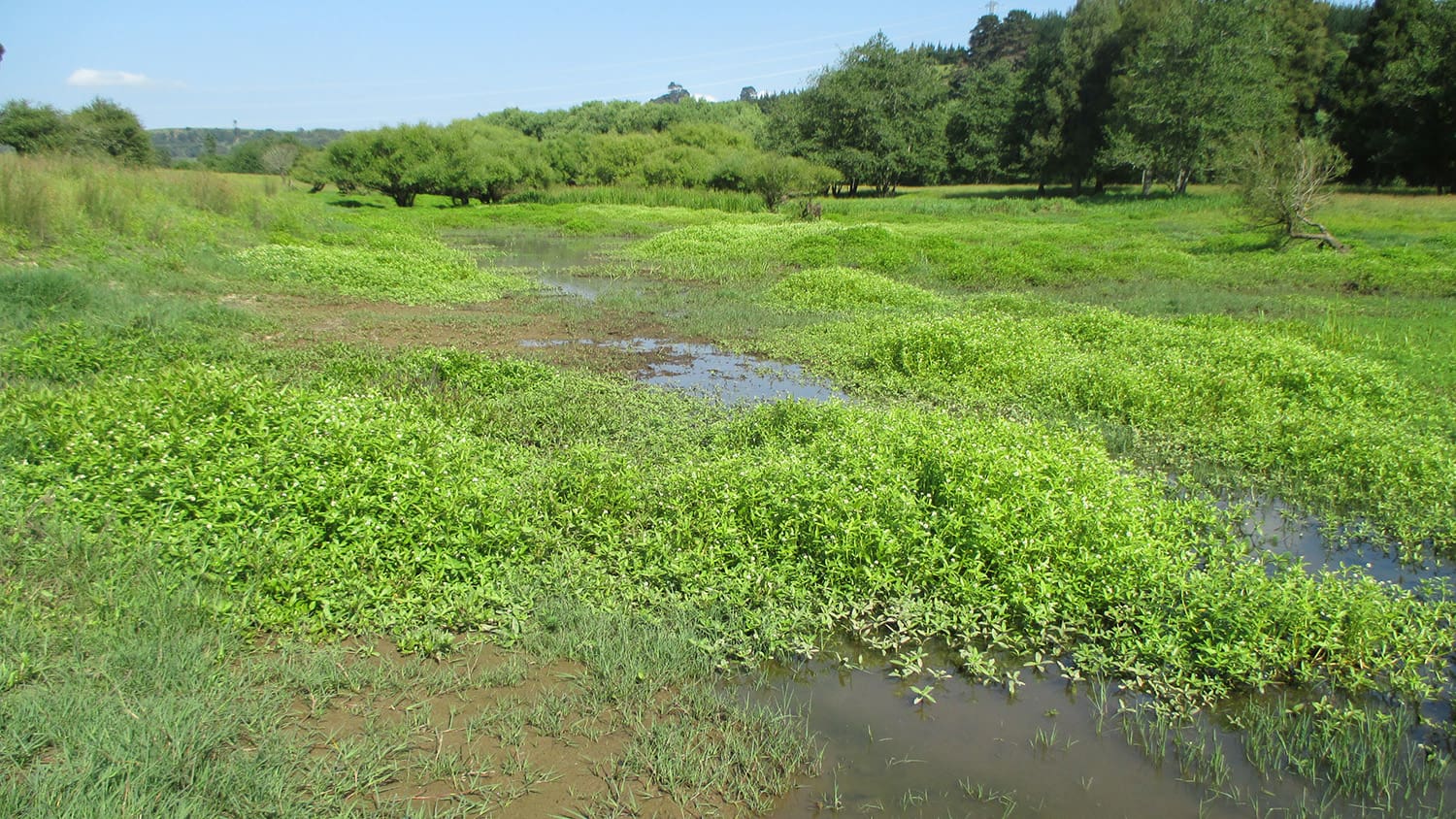In the article “Best Ways to Utilize Alligator Weed as a Sustainable Resource,” you’ll discover how this often-overlooked plant can be transformed into a valuable asset instead of a pesky invader. By exploring various innovative uses—from natural compost and animal feed to biofuel production and water purification—you’ll learn how integrating alligator weed into sustainable practices can benefit both the environment and your community. Dive into this guide and find out how you can turn a troublesome weed into a resourceful ally. Have you ever wondered how to make the most of alligator weed as a sustainable resource? You might know alligator weed as that annoying invasive plant that clogs up waterways and chokes out native vegetation. But, believe it or not, this pesky plant actually holds a wealth of potential when it comes to sustainable solutions. Buckle up, because we’re going to dive deep into the best ways to utilize alligator weed so you can transform this nuisance into something beneficial.
Understanding Alligator Weed
What Is Alligator Weed?
Alligator weed (Alternanthera philoxeroides) is an invasive aquatic plant native to South America. It has found a way to spread across various parts of the world, including the southern United States, where it thrives in wetlands, waterways, and even on dry land.
Why Is It Considered a Problem?
Alligator weed can be a significant nuisance. It grows rapidly, forming dense mats that can obstruct water flow, hinder navigation, and outcompete native species. These characteristics make it an unfortunate presence in many ecosystems, causing ecological imbalances and economic repercussions.
What Makes It Useful?
Despite its problematic nature, alligator weed is a fast-growing plant with considerable biomass, making it ideal for various sustainable applications. Its ability to absorb nutrients and break down organic matter also opens doors for innovative uses.
Alligator Weed in Sustainable Resources
Biofuel Production
Alligator weed can be an excellent source of biomass for biofuel. Let’s enlighten you on how you can turn this invasive plant into a valuable fuel source.
Conversion Process:
| Step | Description |
|---|---|
| Collection | Harvest alligator weed from infested sites. |
| Pre-treatment | Dry the plant to remove moisture content. |
| Fermentation | Break down the plant’s cellulose into sugars. |
| Distillation | Convert sugars into ethanol through fermentation. |
| Biofuel Ready | Refine the output to produce biofuel. |
Agriculture
Alligator weed can be turned into a sustainable fertilizer or soil conditioner.
Nutrient Composition:
| Nutrient | Percentage in Alligator Weed |
|---|---|
| Nitrogen (N) | 2.1% |
| Phosphorus (P) | 0.82% |
| Potassium (K) | 1.7% |
| Organic Matter | High |
You can compost this plant to create nutrient-rich organic fertilizer that helps enrich impoverished soils.
Animal Feed
With its high protein content, alligator weed can serve as a nutritious supplement for livestock feed.
Protein Content:
| Animal | Protein Requirement | Alligator Weed Protein Content |
|---|---|---|
| Cattle | 6-8% | 14-20% |
| Poultry | 15-18% | 14-20% |
| Fish | 25-40% | 14-20% |
By drying and processing it, you can turn alligator weed into feed pellets that provide an economical forage resource.
Phytoremediation
Phytoremediation refers to using plants to clean contaminated environments. Alligator weed is incredibly adept at absorbing heavy metals and other toxins, thanks to its extensive root system.
Contaminants Remediated:
| Contaminant | Efficiency (%) |
|---|---|
| Heavy Metals | Up to 80% |
| Nitrogen | 55-70% |
| Phosphates | 40-55% |
Planting alligator weed in contaminated areas can help restore soil and water quality over time.

Best Practices for Harvesting Alligator Weed
When to Harvest
Timing is essential when it comes to harvesting alligator weed. Aim to collect it before it seeds to help control its spread.
How to Harvest
Manual harvesting is an effective way to manage small infestations. For larger areas, mechanical harvesters may be more efficient.
- Manual Harvesting: Use handheld tools like scythes or sickles.
- Mechanical Harvesters: These machines can efficiently remove massive amounts of biomass.
Safety Measures
Always wear protective gear when handling alligator weed because it may harbor pests or contaminants from infested waters.
Processing Techniques
Drying
Drying is a crucial step that prepares alligator weed for further processing. Spread the plant material out in a thin layer under the sun, turning it occasionally to ensure even drying.
Grinding
Grinding helps break down dried alligator weed into a manageable form for subsequent uses. Use grinders or mills designed for plant materials to achieve a fine consistency.
Fermentation
This method is essential for biofuel production. Introduce specific bacteria or enzymes to break down the plant’s cellulose into fermentable sugars.

Legal and Environmental Considerations
Regulatory Compliance
Before you embark on utilizing alligator weed, be aware of local laws and regulations. Some regions may have restrictions on the collection and transportation of this invasive species.
Environmental Impact
While utilizing alligator weed can offer numerous benefits, always consider the bigger picture. Make sure your activities do not inadvertently contribute to further spreading this invasive species.
Case Studies
Biofuel Success in Brazil
In Brazil, researchers have successfully converted alligator weed into ethanol, providing a sustainable fuel option while addressing weed infestations. This project reduced local environmental burdens and supplied renewable energy.
Agricultural Boost in India
Farmers in India have adopted compost made from alligator weed, improving crop yields and reducing dependency on chemical fertilizers. This change has led to healthier soils and more sustainable farming practices.
Livestock Feed in New Zealand
New Zealand farmers have integrated alligator weed into livestock feed, cutting down on fodder costs and enriching their animals’ diets. The high protein content has noticeably improved the health and productivity of their livestock.

Conclusion
Alligator weed may have a bad reputation, but with the right approach, you can turn this invasive plant into a renewable and sustainable resource. From biofuel production to animal feed, agriculture, and even environmental clean-ups, the potential applications are impressive. It’s time to rethink alligator weed and see it as an opportunity rather than a pest.
By understanding the plant’s properties, adhering to best practices for harvesting and processing, and staying mindful of legal and environmental considerations, you can make the most of this unlikely resource. So, why not give it a try and contribute to a more sustainable future? After all, sometimes the best solutions come from the most unexpected places.
